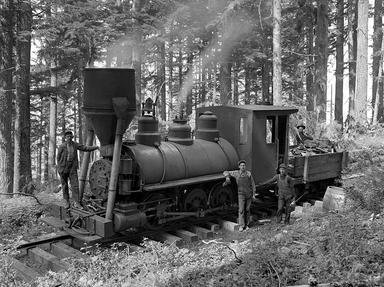Quiz Answer Key and Fun Facts
1. On December 8th, President Roosevelt delivered his famous "...a date that will live in infamy" speech to a joint secession of Congress. He asked for a declaration of war against Japan. One would think that the declaration would have passed without a dissenting vote. One would be wrong. How many members voted against the declaration?
2. After December 7th 1941 what was the first commodity to be rationed for civilian use?
3. Throughout the war, women were needed to fill vital jobs. Posters and adds were printed and widely distributed showing women working at jobs previously considered suitable only for men. What was the woman shown in these adds and posters named, generically?
4. American shipyards built a total of 3241 of the "Liberty" and "Victory" class cargo vessels during the war. As a promotional "stunt" a Kaiser shipyard built a Liberty ship from keel laying to complete delivery in how many days?
5. During World War 2, what was the national speed limit for civilian cars?
6. By 1943 just about everything, at least the good things you wanted,, was under some degree of rationing. Which of the following was NOT rationed during the war?
7. Under gas rationing, the amount of gas you were permitted per week, was determined primarily by your occupation. Every civilian car and truck was issued a lettered windshield sticker so that the station attendant would know how much to pump. If you were one of the chosen few who could get as much gas as you wanted, what letter sticker would you have on your car?
8. Corporations also had to make war time sacrifices. Some were not above making sure the everyone knew about them. One of the most famous add campaigns used the slogan "________ green has gone to war" Who was making this claim?
9. What modern war could be conducted without an explosion of new governmental "Alphabet Agencies"? Which of these agencies was NOT formed to promote the war effort?
10. How did the U.S. Mint "do its bit" to help the war effort?
Source: Author
clemmydog
This quiz was reviewed by FunTrivia editor
bloomsby before going online.
Any errors found in FunTrivia content are routinely corrected through our feedback system.

